Images: Bacterial Structures Induce Tubeworm Metamorphosis
Adult tubeworm
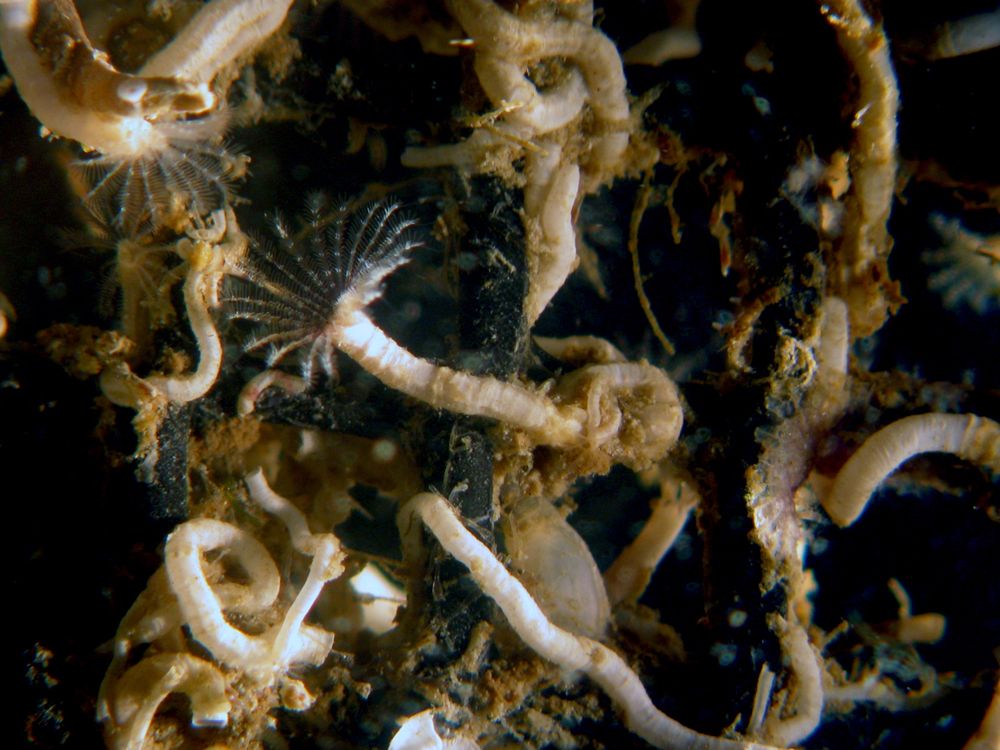
Hydroides elegans is a tropical/sub-tropical tubeworm notorious for growing on the bottoms of ships and increasing fuel consumption of ships by increasing drag. The animals are amongst many marine creatures that rely on bacteria to go through metamorphosis. Now, new research has revealed syringelike structures produced by bacteria that induce this metamorphosis.
Tubeworm adult, out of tube
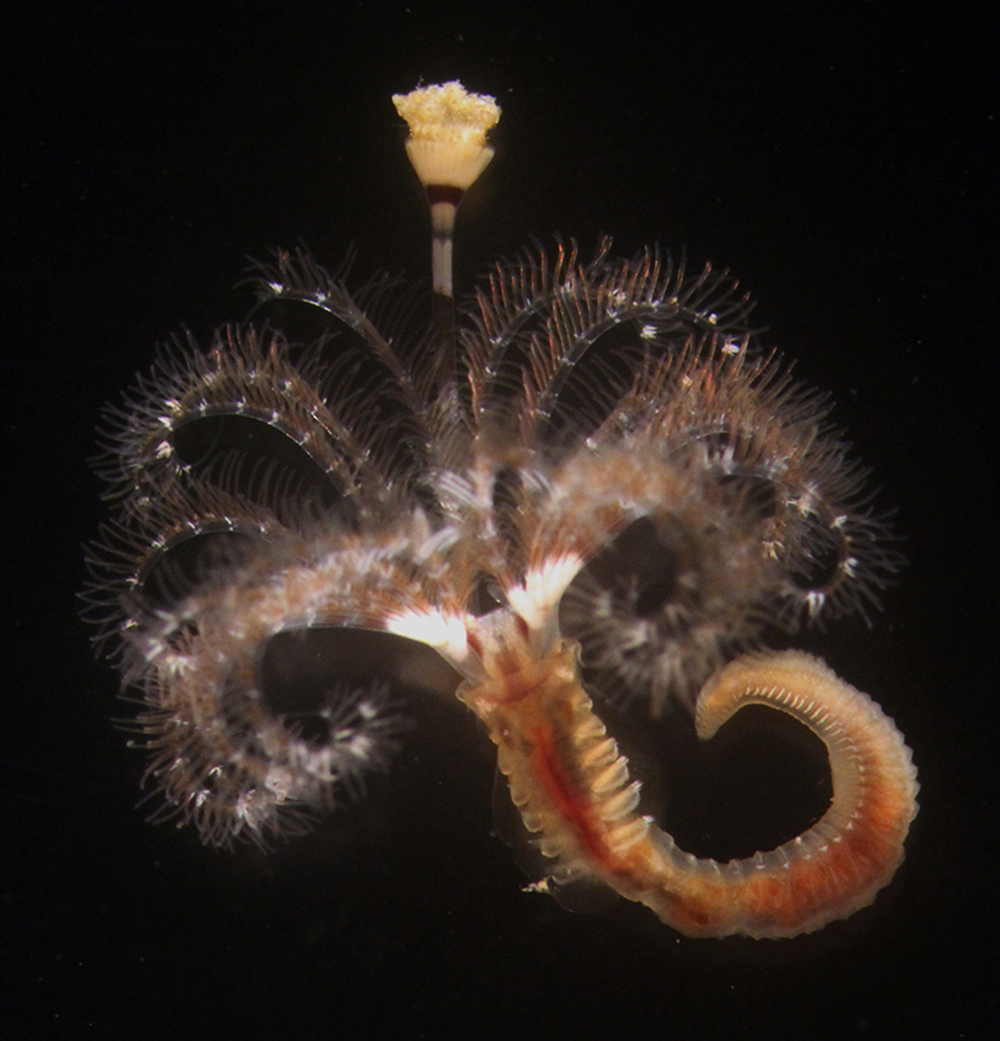
An adult H. elegans out of its tube. As adults, the tubeworms feed on algae using fanlike structures that protrude from their heads.
Tubeworm tubes
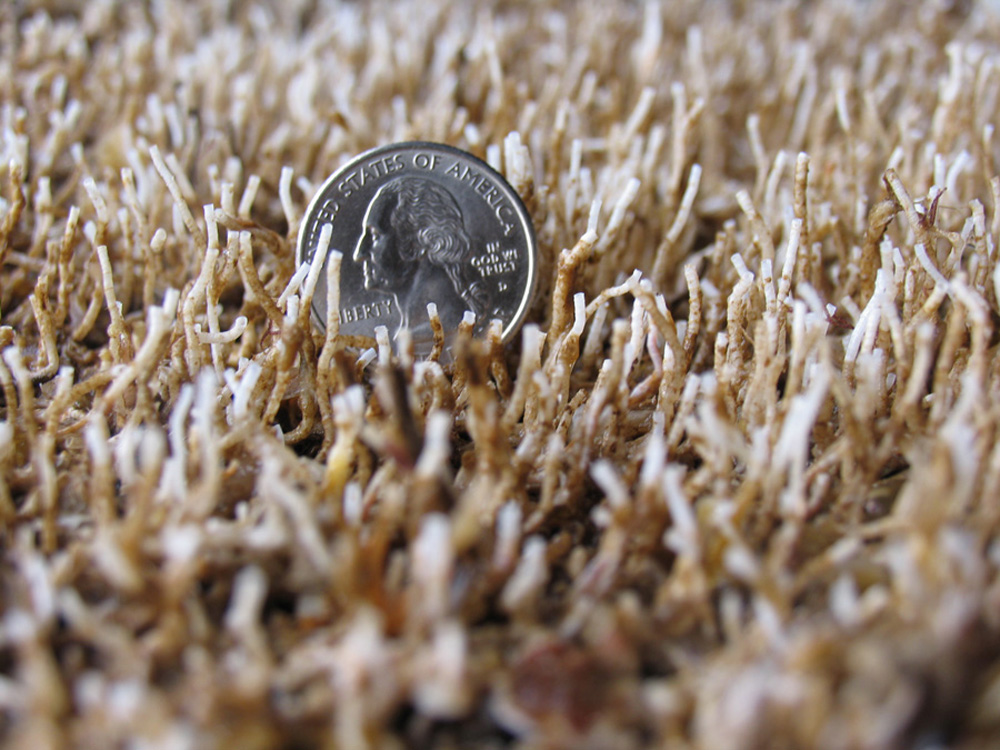
The tubeworms grow in thick colonies than can interfere with ship piping and ballast.
Tubeworm larva
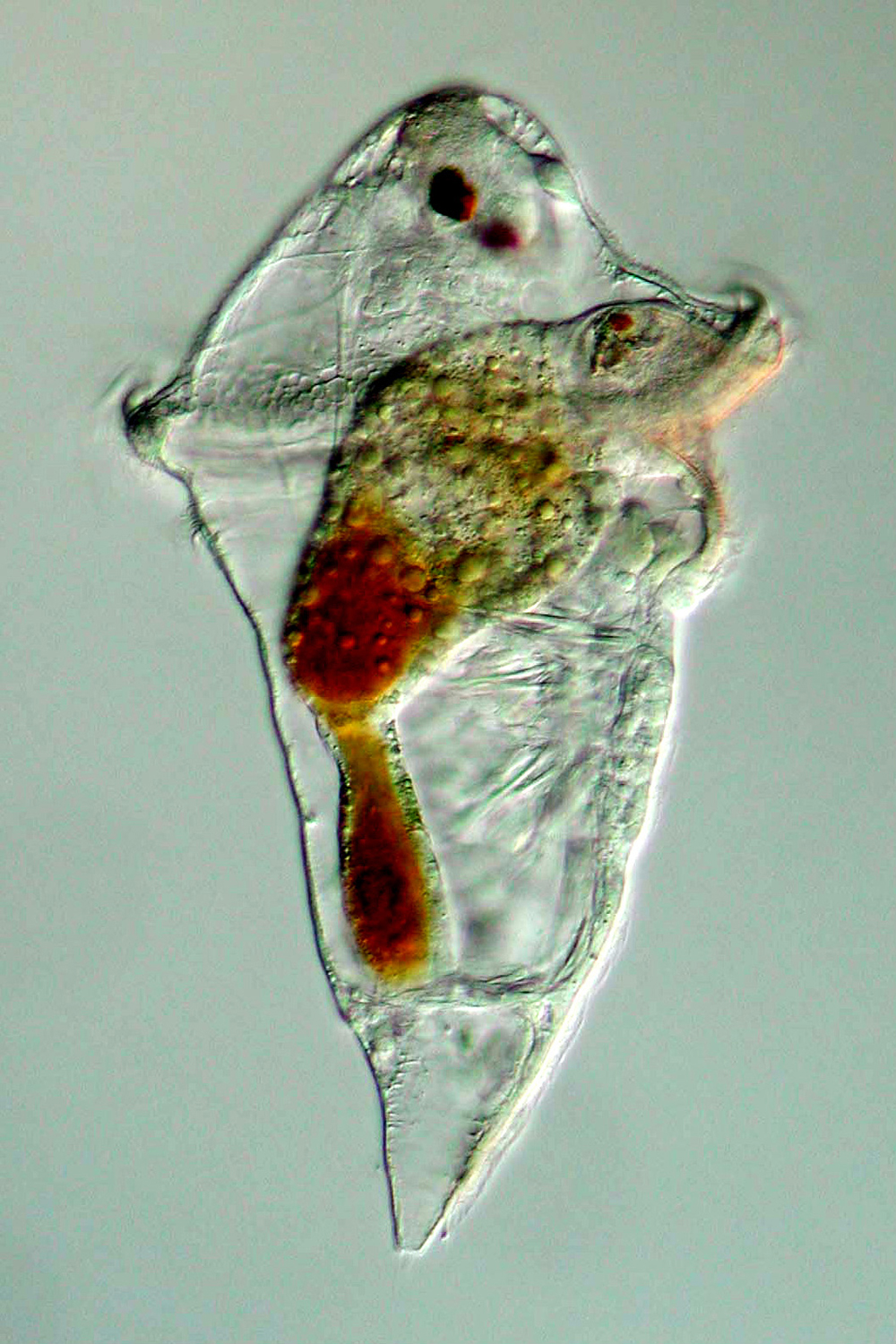
Tubeworm larvae swim around and develop for about 5 days before looking for a bacterial mat to settle on.
Bacterial colonies
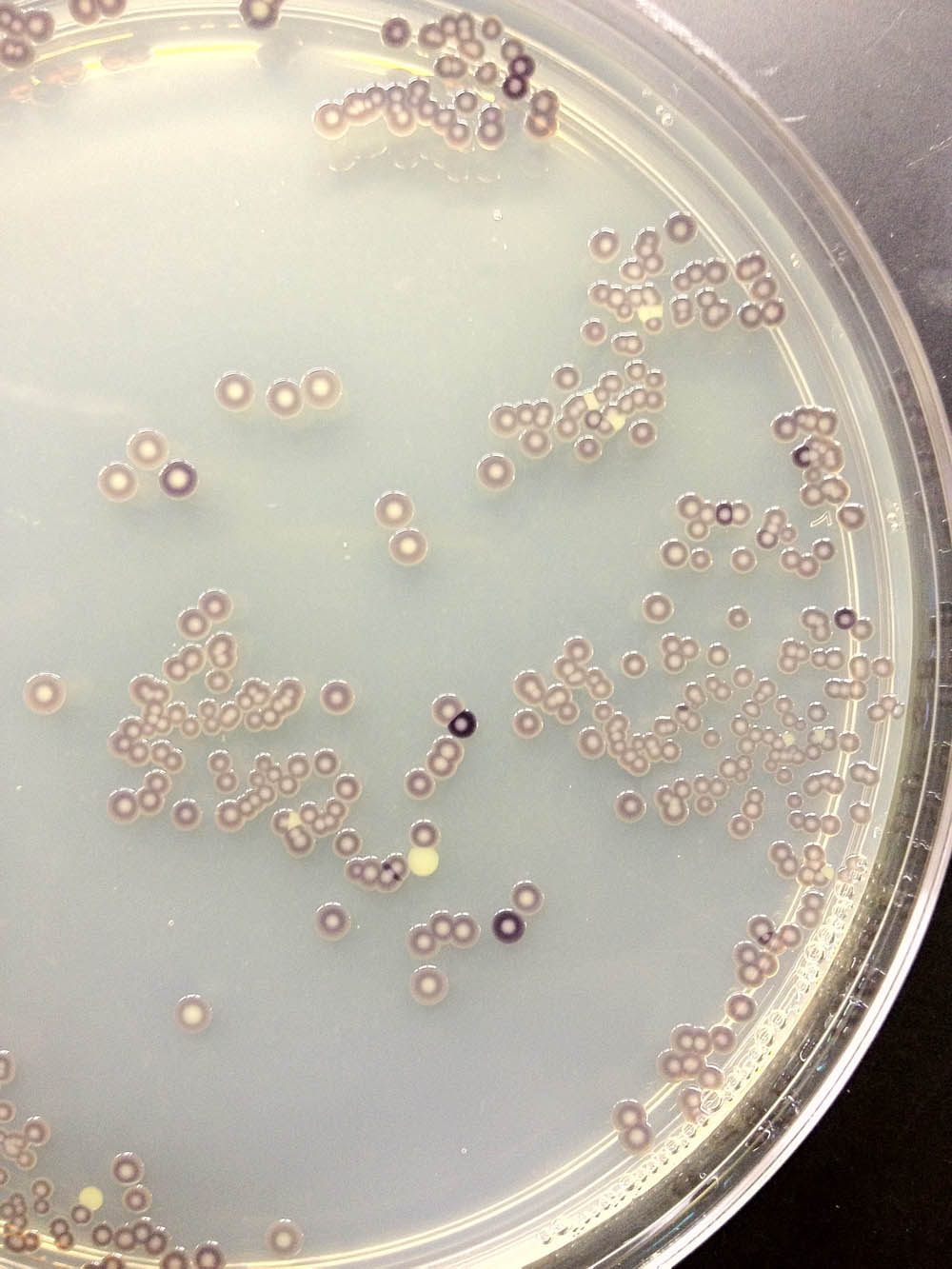
Researchers have found that a bacteria called Pseudoalteromonas luteoviolacea must be present for H. elegans to metamorphose.
Metamorphosis-associated contractile structures
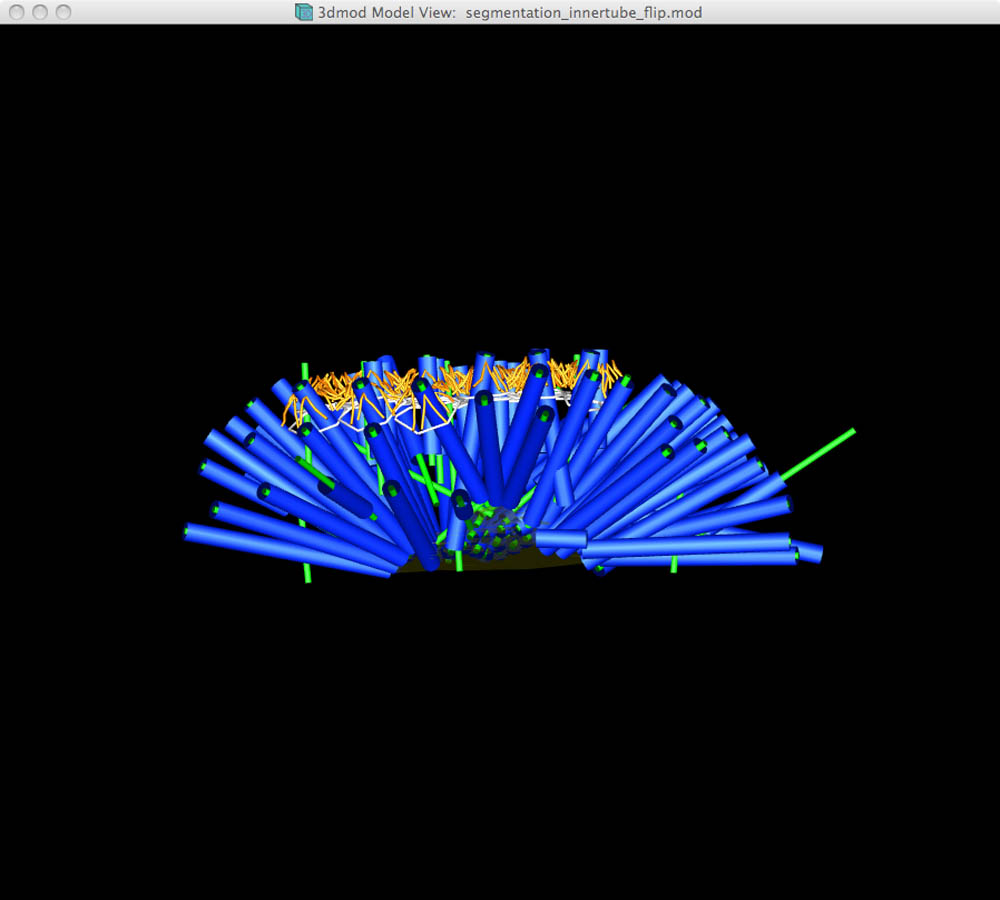
he researchers have now identified that the bacteria produces syringelike structures similar to virus tails that appear to be the key to the bacteria's role in the tubeworm metamorphosis. This is a computer-generated image of these so-called MACs.
Juvenile tubeworm
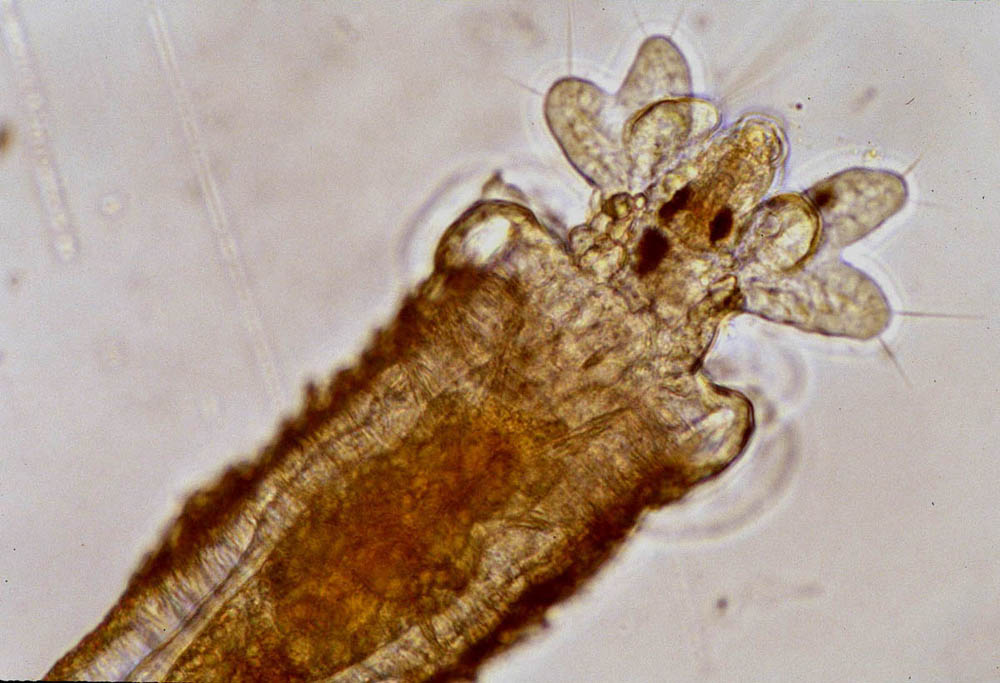
With the help of the bacterial MACs, the tubeworms metamorphose into juveniles, and settle to a surface where they remain stationary for the duration of their lives.
Sign up for the Live Science daily newsletter now
Get the world’s most fascinating discoveries delivered straight to your inbox.











